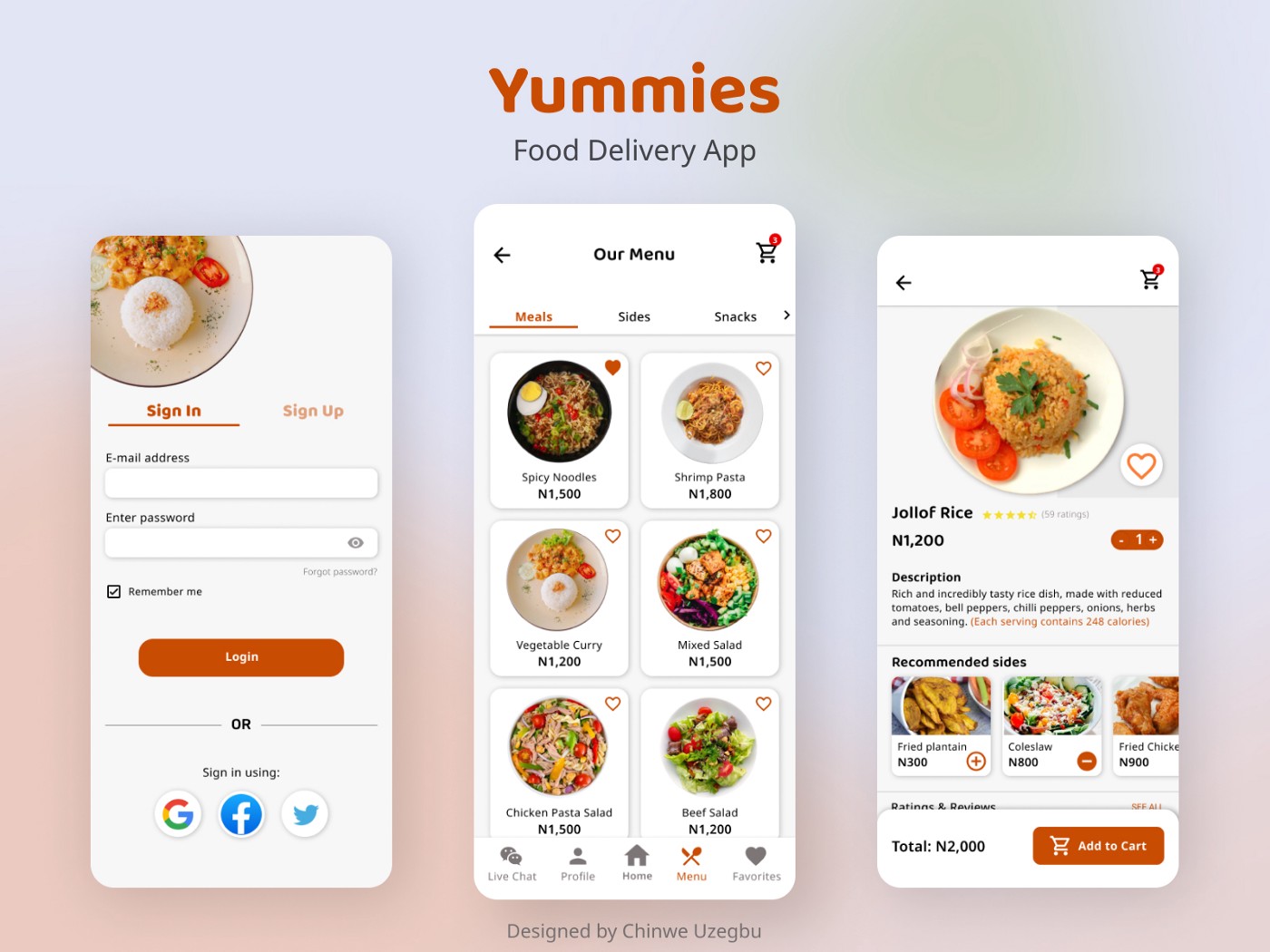When you are visiting food and markets, you will yet come across various types of best food packaging. Some foods are in tightly closed plastic. Some are packed in bags and others in foil.
Each type of bottled and jarred packaged goods is having advantages and disadvantages in terms of the disposal, or the recycling, health as well as convenience. Bottled and canned items are known for their convenience, which can be a big factor in packaging. These items are covered with glass or plastic cans, bottles, and glasses to maintain their freshness.
The most common bottles and canned foods are drinks such as water, soda, milk, and juice. Foods packed in bottles and jars are food, meat, fruits, and vegetables.
This trend has affected the hearts of many customers. But is it the right choice? Asking these questions after a purchase is completely natural. So let’s discuss the problems associated with Jarred and bottled food bottles.
What are the advantages?
First, the bottled and jarred packaged goods is easier to store and, due to the conservative nature of the glass, they can be stored for a long time because the packaged food in the bottles and jars is tightly closed, causing food infection and corrosion.

The Bottle and Jar package usually has a non-porous glossy surface and the glass does not absorb germs and suppresses the smell of food. All this preserves the quality of the food and prolongs its shelf life.
- Hygiene: Cleanliness can be a priority for packaging. Bottles and glasses have a high mark in this area, especially glass stoppers. They do not oxidize, affect the interior, and do not emit harmful radiation. You can make thermos and canned packaged goods to prevent damage.
- Duration: The shelf life of packaged goods in bottles and jars is affected by the type of packaging, temperature, and humidity. By choosing the best packaging such as the small glass jars or wooden boxes, you can choose to extend the shelf life of your any of the bottles and the cans.
- Long-term storage: Bottles and glasses are expandable and inexpensive solutions. You can make use of such cost-effective packaging materials to hence properly store the remaining bottles and packaged items without any sort of delays.
- Transparency: Most bottles and canned foods are transparent. You can easily see what’s out there or identify sales without having to open them.
- Convenience: Items in bottles and glasses are easy to use and can be stored anywhere. For example, you can get an infusion pot anywhere without having to worry about leaks. Meals full of glasses often have prepared meals that anyone can prepare. Instead of cooking, just pour in the ingredients and heat.
- Environmentally friendly: The first good thing about using glass containers is that they are recyclable. Although shock-absorbing containers are more expensive per unit, they are worth the cost in terms of environmental benefits. Glass cans fill packaging less chemically than plastic containers, making them environmentally friendly. In addition, glass containers can be recycled. They are more expensive than plastic. When placed next to the stages, bottles and containers can also provide an attractive and appealing appearance.
What are the disadvantages?
- Fragile packaging: Bottles and glasses are handy and look good, but they are fragile. If you use glass containers, they will break easily.
- Expensive: Because glass can be a fragile packaging material, it is more expensive compared to other packaging materials.
- Impact resistance: Another major disadvantage of bottles and jars is that they cannot withstand impact, which can be a great chance in terms of the stages of production, transport, storage, distribution, and use of the rack with bottles and packaging items in the jars.
Conclusion
Thus, bottled and jarred packaged goods have their own set of benefits and harms that are likely to be considered for selected items. The main advantage of bottles and glass containers is their preservative nature; the disadvantage is the high price. Finally, sales determine whether a bottle and pot packaging are important or not.
Dont Miss It Read:
Why is it necessary to prolong the shelf life of food items?

